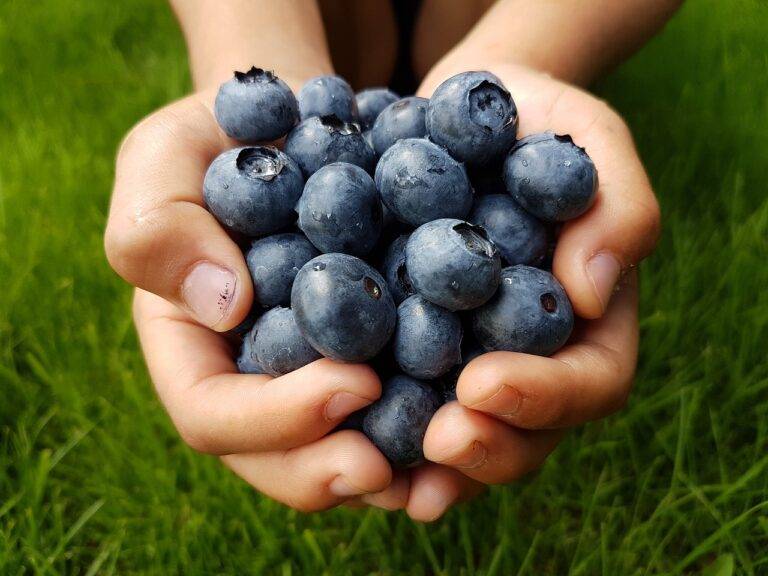Food and Climate Change: Addressing Agriculture’s Impact on the Environment
Agriculture plays a significant role in contributing to greenhouse gas emissions, with practices such as livestock production, rice paddies, and the use of synthetic fertilizers releasing methane, nitrous oxide, and carbon dioxide into the atmosphere. Livestock farming, in particular, is a major source of methane emissions due to enteric fermentation and manure management.
Furthermore, the conversion of forest lands into agricultural areas releases stored carbon into the atmosphere through deforestation. This change in land use not only diminishes carbon sinks but also directly contributes to the release of greenhouse gases. The expansion of agriculture, especially in regions with high biodiversity, exacerbates the impact on climate change and further threatens ecosystems.
Deforestation and Land Use Change in Agriculture
Deforestation is a significant consequence of agricultural expansion, with large swaths of forests being cleared to make way for farming activities. Land use change in agriculture involves transforming natural ecosystems into crop fields or pasturelands, which can lead to a loss of biodiversity and disruption of ecological balance. This alteration in land use not only affects the immediate surroundings but also has far-reaching consequences on global climate patterns and wildlife habitats.
The expansion of agriculture often results in the conversion of diverse landscapes into monoculture fields, leading to a decrease in overall ecosystem resilience. This shift in land use can contribute to the release of stored carbon in soils and vegetation, exacerbating greenhouse gas emissions. Additionally, deforestation for agricultural purposes can lead to soil degradation, loss of water retention capacity, and increased vulnerability to erosion, further intensifying the negative impacts of land use change on ecosystems and communities.
Water Scarcity and Agriculture
Water scarcity is a pressing issue that poses significant challenges to the agricultural sector. As demands for food continue to rise with a growing global population, the strain on water resources intensifies. Agriculture is known to be a water-intensive activity, consuming a substantial amount of water for irrigation, livestock, and crop production.
The competition for limited water supplies between agriculture and other sectors exacerbates water scarcity, leading to conflicts and reduced availability for farming communities. In regions where water resources are already stretched thin, the impact of climate change further compounds the challenges faced by agricultural practices. It is crucial for sustainable water management practices to be implemented in agriculture to ensure the efficient use of water resources and mitigate the effects of water scarcity on food production.
What is the connection between water scarcity and agriculture?
Agriculture is a major contributor to water scarcity as it accounts for a significant portion of global water usage.
How does agriculture impact greenhouse gas emissions?
Agriculture is a significant source of greenhouse gas emissions, primarily through the production and use of fertilizers, as well as livestock farming.
What role does deforestation play in agriculture?
Deforestation is often driven by agriculture, as land is cleared to make way for farming activities, leading to biodiversity loss and carbon emissions.
How does land use change in agriculture contribute to water scarcity?
Land use change in agriculture can lead to soil degradation and loss of natural vegetation, which in turn impacts water availability and quality.
What are some solutions to address the water scarcity issues in agriculture?
Implementing more sustainable farming practices, improving water use efficiency, and promoting water conservation techniques are key strategies to address water scarcity in agriculture.







